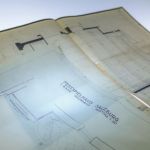
1 – 31 August
The extended Festival Hall by Clemens Holzmeister had already aroused Goebbel’s displeasure in 1938.
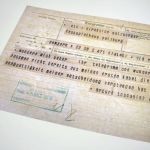
23 July – 31 August
In February and March 1938, things happened thick and fast. Just a few days after the meeting between Federal Chancellor Schuschnigg and Adolf Hitler and the signing of the Berchtesgaden Agreement, which assured the Nazis far-reaching political influence in Austria, Arturo Toscanini cancelled his appearances at the Salzburg Festival.
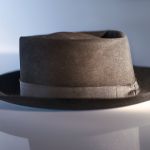
24 July – 31 August
Arturo Toscanini already called for the building of a new festival theatre in 1936, while those in charge of the Salzburg Festival supported another reconstruction of the existing Festival Hall by Clemens Holzmeister.

25 July – 31 August
With Arturo Toscanini – besides Max Reinhardt – a second star stepped onto the Festival stage and threatened to replace the Festival founder in the top rank of international and local attention.
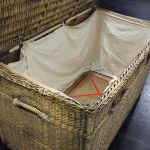
27 July – 1 September
Besides Bruno Walter, now Arturo Toscanini was dominating the musical repertoire of the Salzburg Festival.

29 July – 2 September
While Nazi acts of terrorism were already causing Austria to hold its breath and propaganda actions disrupted the opening of the Festival in 1933, the diary notes of Festival President Baron Puthon document the more dramatic developments of the year 1934.
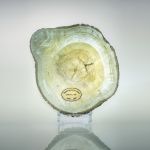
28 July – 31 August
Hitler’s seizure of power in Germany reverberated not only with political but also economic consequences: the 1,000-mark limit imposed on Austria by the German Government led to a huge slump in the number of visitors from Germany.
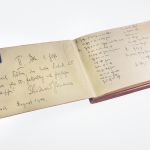
30 July – 31 August
The programme in 1932 clearly documents the growing dominance of music theatre over straight drama. The Festival had sensational success with Carl Maria von Weber’s Oberon under Bruno Walter and Richard Strauss’s Die Frau ohne Schatten. After an absence of several years, Strauss conducted once again in Salzburg in 1932.

25 July – 31 August
For the first time, in 1931, a Salzburg Festival performance was broadcast overseas via long-distance cable. Listeners to no fewer than 83 stations of the American Columbia Broadcasting Company and 133 European radio stations could enjoy Rossini’s Il barbiere di Siviglia – a ‘guest performance’ of La Scala Milan – in a broadcast from the Festival Hall.
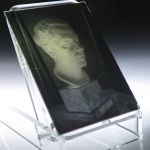
1 – 31 August
The Salzburg Festival celebrated its tenth anniversary in 1930 with numerous events. Apart from his commitment for the Festival, Governor Franz Rehrl also backed Max Reinhardt without reservation; Reinhardt was exposed to more and more anti-Semitic hostility and stayed for longer periods in America.
28 July – 31 August
Hitler’s seizure of power in Germany reverberated not only with political but also economic consequences: the 1,000-mark limit imposed on Austria by the German Government led to a huge slump in the number of visitors from Germany.
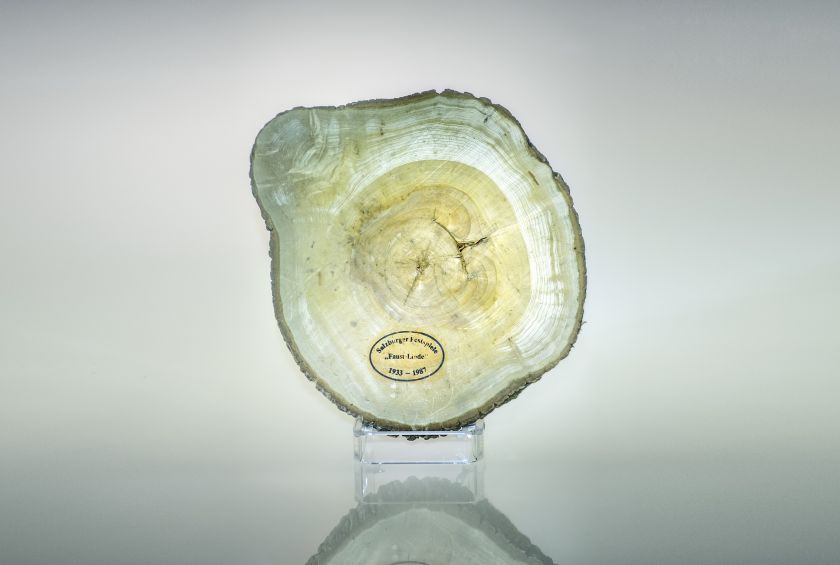
In this tense atmosphere, Max Reinhardt succeeded in a last coup de théâtre. He directed Goethe’s masterpiece Faust in the impressive Faust-Stadt (Town) built for him by Clemens Holzmeister into the Felsenreitschule; his cast included Ewald Balser, Max Pallenberg and Paula Wessely – and Festival debutant Herbert von Karajan, who conducted the stage music. The grandiose and authentically detailed simultaneous stage with living ‘Faust Lime Tree’ (which was actually a maple) enabled the director to stage different scenes of the tragedy next to one another.
Reinhardt had already experimented with the Felsenreitschule as a theatre in 1926 with Goldoni’s Der Diener zweier Herren/The Servant of Two Masters. Holzmeister reconstructed it step by step into a weatherproof venue.
